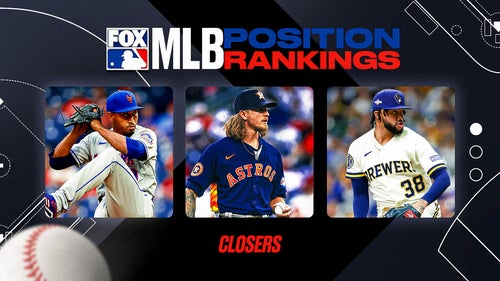
Gap hitter Machado leaves us agape
In the Baltimore Orioles’ clubhouse Monday afternoon, I showed Manny Machado the list of major leaguers with 60 or more doubles in a single season.
It looked like this:
Earl Webb, 1931 — 67
George Burns, 1926 — 64
Joe Medwick, 1936 — 64
Hank Greenberg, 1934 — 63
Paul Waner, 1932 — 62
Charlie Gehringer, 1936 — 60
Then I told Machado how many doubles he’s on pace to have this year: 74.
“Wow,” he replied, matter-of-factly.
Wow, indeed. Machado is well on his way to the majors’ first 60-double season since 1936. And he’s on track to do it by Labor Day.
Of all the ways to affirm Machado’s place among the best young players in the game, this is the most historically significant. Machado doesn’t turn 21 until next month, but he has a very good chance to accomplish something only six players — of any age — have done before.
And with 32 doubles in mid-June, he can afford to have a few slumps and still finish with 60.
How momentous would that be? Consider this: There have been more 60-homer seasons (eight) than 60-double seasons (six) in major league history.
“I’m not really thinking about that,” Machado told me. “I’m just playing the game, enjoying it. I think that’s why I’ve been so successful. I’m just going out there having fun, hitting the ball. Hopefully, I can continue the rest of the year.”
There’s every reason to believe he will. At this time last year, Machado was living alone at an apartment in Bowie, Md., while playing for the Orioles’ Double-A affiliate. Now he’s a legitimate All-Star candidate — even among the exalted company of American League third basemen — with a .302 batting average since debuting in the majors last August.
Machado looks like a superstar — the calm hitting approach, the whiplike bat speed, the lasers to all fields, to say nothing of his smooth hands at third. Orioles right fielder Nick Markakis talked Monday about how the barrel of Machado’s bat stays flat through the strike zone and doesn’t drag. Tigers manager Jim Leyland, who isn’t one to hand out compliments flippantly, called Machado “a terrific young player.”
Asked why his swing is so conducive to hitting doubles, Machado said: “I guess it’s just luck. You don’t go up there trying to hit 50 homers. You go up there trying to make good contact, with pitches (where) they are pitched. I’m a gap-to-gap hitter. That’s helped me.”
Has Machado been lucky, as he suggested? Maybe a little bit. His .370 average on balls in play is the 10th-highest in the majors, according to FanGraphs.com, so he’s likely to regress a little in the second half. But not by much. Machado also has the 25th-highest line-drive rate in baseball.
“When he hits doubles, they aren’t ground balls down the third-base line,” teammate Nate McLouth said. “They’re bullets in the gap and line drives off the wall. He really backspins a lot of balls. They just carry. If he squares a ball up, it’s in the gap.”
In that way, there’s truth in the second half of Machado’s explanation: He’s not trying to be anything other than the gap-to-gap hitter he knows himself to be. Many talented high schoolers become infatuated with home runs. Not Machado. He craved line drives then, too. So when he turned pro and the pitching improved, he didn’t need to change his approach.
“I hit when I was in high school,” he said. “You know you can hit. Why change what’s been working for you? That’s been successful for me.”
Some change is inevitable — and not in a bad way. McLouth said Machado will get stronger as he fills into his body frame. (After all, others from Machado’s graduating class at Brito Miami Private School just finished their junior years of college.) And as Machado adds muscle, those drives off the wall will land over the wall.
“If he hits more homers, he won’t have as many doubles,” Orioles center fielder Adam Jones pointed out. “He’s going to get better. That’s the scary part.”
So, Machado might as well make his run at 60 doubles now. He might be chasing 60 homers soon enough.










